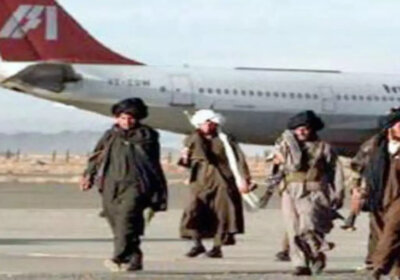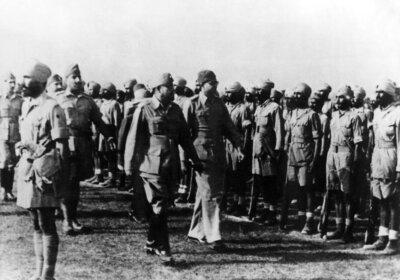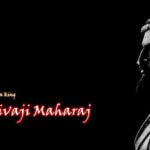The Cold War was a political rivalry between the Soviet Union and the United States that developed after the 2nd World War. This Global competition was named by the World History Project the ‘Cold War’. The war was named like this as both countries feared directly fighting. Instead of the hot war, where nuclear weapons are used, the fighting activities take place indirectly in cold wars.
The Cold War:
World War II destroyed many European cities. When the Axis Power was defeated, the political and ideological rivalry between USSR and US gave rise to the cold war. The disagreement between the Soviet Union and the United States on rebuilding Europe led to the cold war. For defining the cold war, three different features can be present.
- Competition over the loyalty of the newly created independent nations.
- Economic and military support of the enemies throughout the world.
- The nuclear war threat.
Reasons Of The Cold War:
Historians have identified several causes for the outbreak of the cold war. Among them, the fear of communism in the United States and the emergence of nuclear weapons can be considered the causes. The tension between the two nations after World War II can be considered among the major causes of the cold war.
Countries Involved In The Cold War:
The Cold war included countries like Albania, USSR, Czechoslovakia, Bulgaria, Poland, East Germany, and Hungary. The world had two very strong opposing sides with different ideological poles. A communist Russia at one end and a capitalist USA on the other.
The Effects Around The World:
From 1945 to 1953, the Soviet Union started expanding by creating its influence on the Eastern Bloc States like Hungary, Czechoslovakia, and Poland when the Cold War started in Europe. Stalin set Governments whom he could control like puppets. Whoever tried to resist got repressed by him. The United States started to get afraid that communists would gain more control.
A Policy of containment started to emerge like this. In the 1950s, the Cold War spread to the middle east countries, and in the 1960s, the war reached Africa. Decolonization occurred, and many colonies gained independence from the European empire. The US sent troops to spread communism to South Korea. The nations which have been newly created joined sides with either the USSR or the US to receive military support. Both the superpowers supported the violent dictatorship by repressing the societies.
Some of the Cold Wars were also going on between the Asian countries. In 1949, when the communists took over China, the Americans were scared that all the other nations would soon follow China. In 1953, Korea was divided into two zones: communism followed in the North, and the American Government ruled the South. The United States sent troops to South Korea to stop the spread of communism, and the Chinese responded by sending troops to the border. Almost 5 million people died in the war, and Korea remains divided today.
5 Major Effects Of The Cold War:
There are 5 direct effects of the Cold War that includes
1. Berlin Wall Fall- Designed by the communist Government, the Berlin wall was built in 1961. Almost a 100-mile-long line of concrete barricades, watchtowers, and trenches had split Berlin into two zones. In November 1989, the Berlin Wall was demolished by the natives, and East and West Germany reunited.
2. Russia Containment- When the 2nd World War ended, the USSR’s political and militaristic enlargement helped implement the containment strategy in Russia.
3. Hydrogen Bomb Development- Though it has many spheres of conflict, the cold war also developed the Hydrogen Bomb. In November 1952, the successful detonation of the hydrogen device was made in America.
4. Arms Race Between Russia and United States- The United States started rationalizing arms production to control future conflicts.
5. Space Exploration- Technological competition also arose between the Soviets and the United States. In October 1957, the space race began between these two nations. As the Soviet Union launched Sputnik, the United States launched Explorer 1 in response.
End Of The Cold War:
In the 1990s, finally, the cold war ended. In front of US military troops, the Soviet Union could not keep up. Goods were short of supply as the economic problems thrived in the Eastern Bloc. If the true picture of battle is analyzed today in 2023 this cold war is still on to some extent and the 2 power centers of the world are still trying to score against one another as and when they get a chance. Hence, it is highly debatable but one can say that the cold war is still on may be in a bit more colder form than before but it is still on.
Conclusion:
Though different purposes and causes were found for the Cold War, the ideological and political differences between the two nations, the United States and the Soviet Union, are the most prominent ones. It was termed the cold war because it never happened directly. The war continued to be underneath indirectly and so named the Cold war. The entire World was affected gradually, and among the effects, the Hydrogen Bomb’s development was very prominent.























Leave a Reply